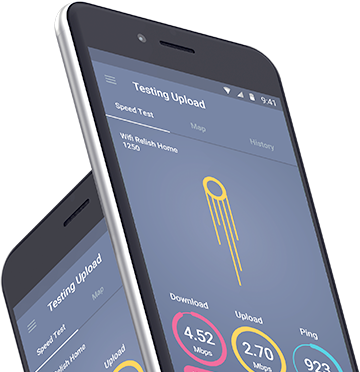Introduction
StarHub has once more picked up the largest number of awards — winning again the Video Experience and Download Speed Experience awards outright and remaining a joint winner for both Voice App Experience and 4G Coverage Experience with M1 and Singtel. In addition, StarHub is now the sole winner of the Games Experience award after sharing it with Singtel in our last report. Aside from sharing the Voice App Experience and 4G Coverage Experience awards with StarHub, M1 and Singtel are joint winners in the Upload Speed Experience category. The latter is a change from our previous report when Singtel was the sole winner. Meanwhile, TPG continues to hold the 4G Availability award, but lags behind its rival in terms of 4G Coverage Experience. This means that while our TPG users spent the largest proportion of their time connected to 4G or better, they connected to 4G in fewer locations than their counterparts on other operators’ networks.
5G is already making its presence felt in the overall results. For example, the average download speeds seen by our Singtel and StarHub users have increased by an impressive amount — more than 8 Mbps — since our last report. In September, TPG began a 5G non-standalone access (NSA) market trial based on its existing spectrum in the 2.3 GHz band which TPG intends to continue until the end of the year. TPG also says it is in the process of rolling out 5G mmWave coverage.
Singapore’s operators have to roll out 5G with a limited amount of 3.5 GHz spectrum due to the fact that nearby countries use this band for direct to home satellite TV services. In the quantity stage of an auction being conducted by the IMDA to re-assign the licenses for the 2.1 GHz spectrum band, that expire at the end of 2021, the regulator provisionally assigned 25 MHz to both Singtel and the M1-StarHub 5G consortium known as Antina, while TPG has provisionally received 10 MHz. The winning bidders will be able to use the spectrum from the start of 2022 and Singtel and Antina will be able to use it to improve the coverage and capacity of their existing 5G networks. The IMDA intends for the 2.1 GHz spectrum, previously used for 3G services, to be used to support the nationwide deployment of 5G standalone access (SA) networks.
In this report, we have analyzed the mobile network experience of Singapore’s four national operators — M1, Singtel, StarHub and TPG — in the 90 day period starting on August 1, 2021 and ending on October 29, 2021, to see how they measure up. We have used 5G measurements in addition to those from previous generations of mobile network technology when determining the overall scores for each metric.



